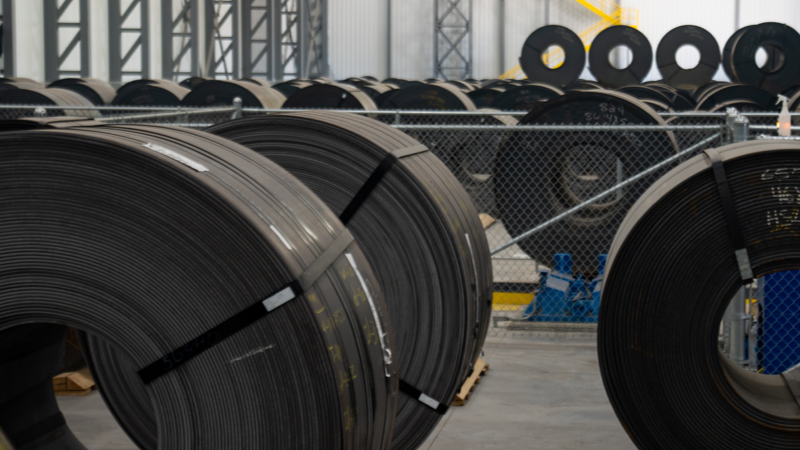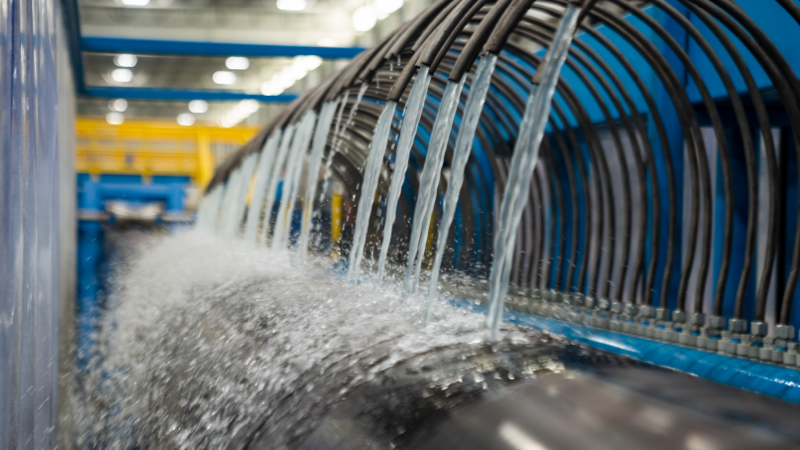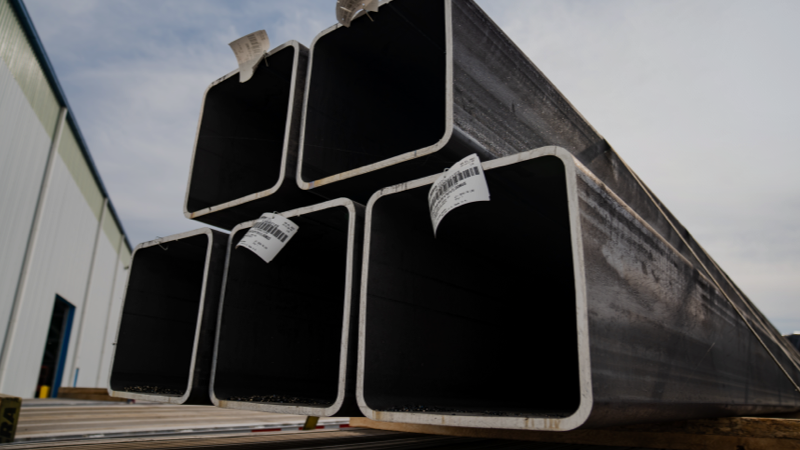At Atlas Tube, we take the environment seriously. Not only are our products produced with the most sustainable building material on Earth — steel — but we’re also continuously seeking new ways to make our manufacturing processes and facilities greener. Together, we can build a brighter future.

Steel is the most recycled product used in structural systems. Between 60 and 80 million tons of steel are recycled in North America every year, which is exactly what we use to produce our HSS. Atlas Tube goes to great lengths to source as much electric arc furnace (EAF) recycled steel as we can to go into our products. In fact, up to 70% of our HSS are now made with EAF steel. In addition, our manufacturing processes are continually improved to optimize to our power usage.

We know how important it is to preserve our planet’s fresh water supply, so we’ve gone to great lengths to ensure we’re reducing our water use wherever possible. One of the ways we do that is with a closed-loop coolant system that allows us to cool weld seams with minimal water use, without discharging any wastewater.

The American steel industry is leading the way to be the cleanest and most energy-efficient in the world, with the lowest CO2 emissions per ton of steel produced and the lowest energy intensity. Purchasing domestic also means your products don’t have to travel as far, further reducing greenhouse gas emissions and transportation costs. (As if there weren’t already enough reasons to buy domestic!) Plus, our entire size range of HSS can be sourced from production facilities in the U.S.